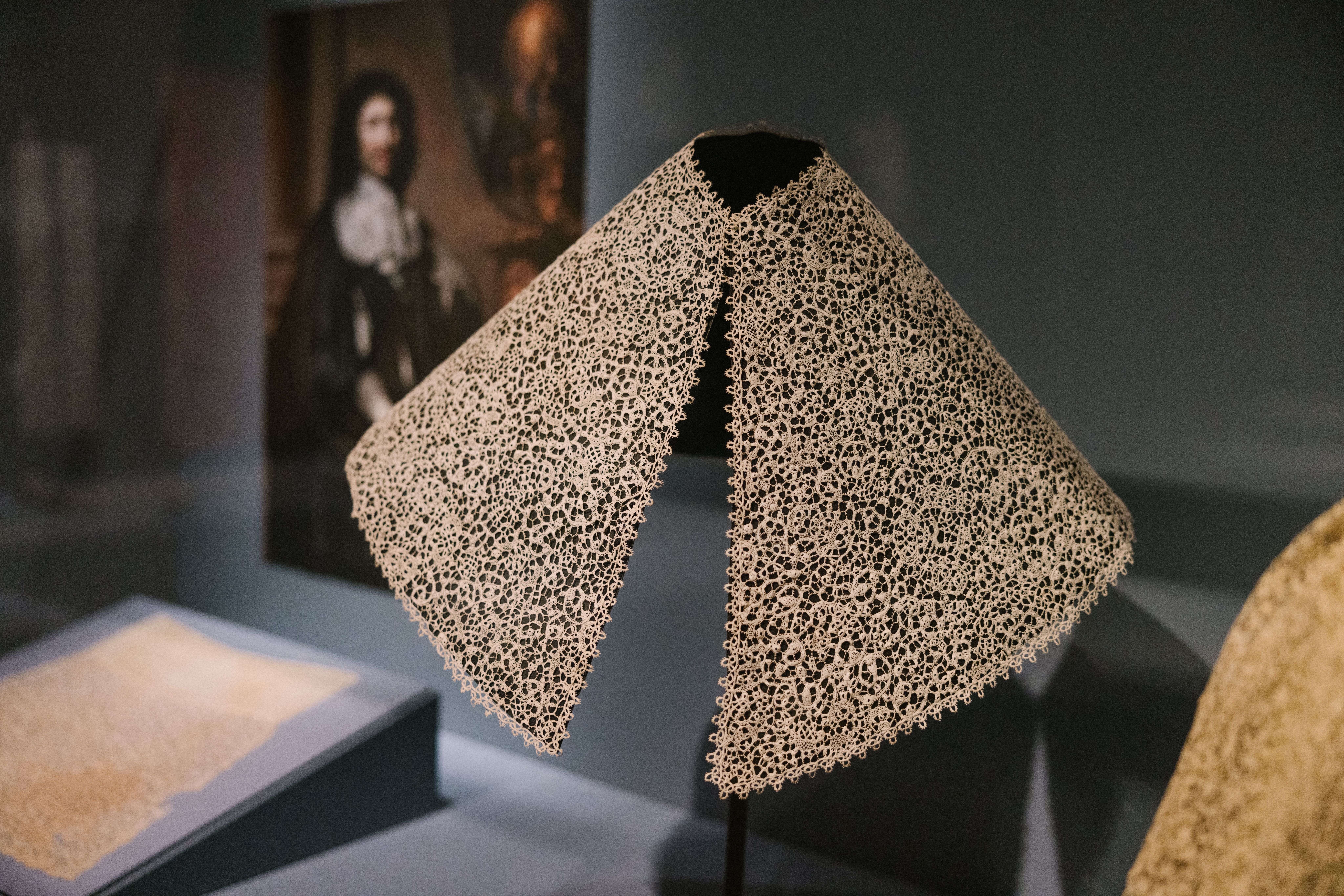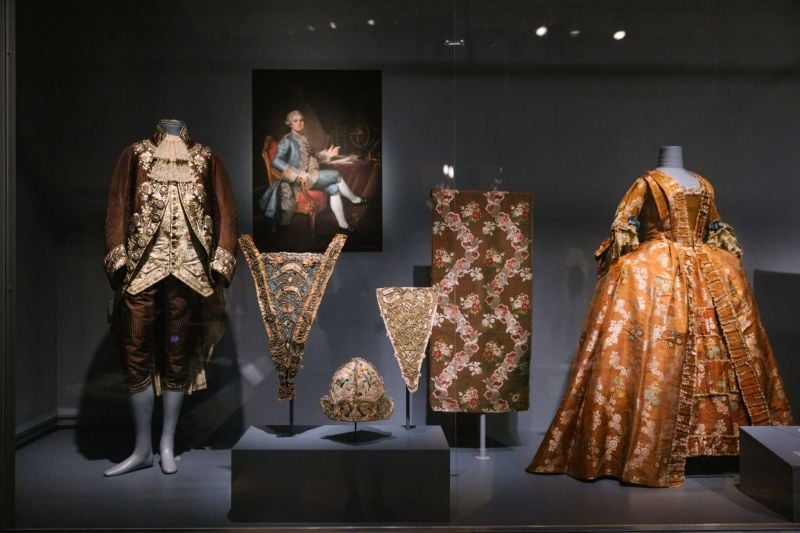Lace, a delicate and precious material, is majestically invited on the walls of the Bard Graduate Center in New York in an exhibition entitled “Threads of Power: Lace from the Textilmuseum St. Gallen”. St. Gallen Textile Museum). This Swiss museum in Saint-Gall houses one of the four largest lace collections in the world. According to one of the curators of this event, Emma Cormack, “New York welcomes, until January 1, 2023, 200 of the most beautiful specimens of the Museum of Textiles in St. Gallen. A very beautiful book that tells the story of this luxurious material from its origins, previously reserved for aristocrats, to its current applications made possible thanks to the progress of modern technology. The title of the exhibition, “Sons of Power”, is particularly illustrated by the spectacular ruffs and ruffs of starched lace that surrounded the necks of rulers and greats of past centuries, giving them an extra aura. Handmade lace was nicknamed “white gold”, made by simple anonymous workers, often poorly paid. The opening section of the exhibition presents images of these 17th and 18th century lace makers, responsible for a large production and operating outside the corporate system. With simple tools, needles, spindles and threads and their talented fingers, they have produced beautiful pieces that often take months of work. In this section there are also embroidery design books of these times.
The contemporary lace sported by the former First Lady, Michelle Obama. Photo taken from the official website of the Bard Graduate Center
Point of Venice and point of France
The visit continues with a section dedicated to the various uses of lace, in particular during the seventeenth and eighteenth centuries when it was highly appreciated especially by Spain and France, which became centers of politics and fashion thanks to their economic and cultural hegemony. This section also displays pieces of ancient Italian lace, which emphasize the famous Venetian stitch, a high quality specialty produced in Venice and sought after throughout Europe. Also present is the needle lace, called point de France and developed in Alençon. All this is accompanied by portraits of characters wearing lace accessories that have become symbols of wealth and important social status. Not to mention the omnipresence of King Louis XIV who controlled the lace-making centers in his country, particularly in Valenciennes and Alençon. The Sun King motif gave rise to extravagant embroidery.
 Pizzo, an outward sign of wealth and power. Photo taken from the official website of the Bard Graduate Center
Pizzo, an outward sign of wealth and power. Photo taken from the official website of the Bard Graduate Center
High tech lace in 3D printer
Thus, from the silk thread to the needle, the nineteenth century moves towards the mechanization of lace thanks to advanced technology. The Saint-Gall region of Switzerland embarked on this process and developed what was then called chemical lace. This lace was created by machine embroidering designs onto a woven background which was then dissolved. In this way a relief openwork lace was obtained and known as guipure. Time passes but lace remains timeless, as the last part of the exhibition demonstrates, which presents it in a more contemporary light, adopted in particular by haute couture. Designers like Dior, Givenchy, Yves Saint Laurent, Prada, Oscar de la Renta and Akris have incorporated industrialized lace into their designs. Fashionistas love it, as does former First Lady Michelle Obama, muse of new fashion trends, who wore a yellow lace dress and coat designed by designer Isabel Toledo. This outfit is part of the exhibition, as well as an accessory that recalls the importance, even symbolic, of lace: it is a lace collar exhibited during her life by one of the most famous judges of the Supreme Court, Ruth Bader Ginsburg. It was made by Elena Kanagy-Loux, a lace maker dubbed as a fabric historian and stylist who continues to collect awards. Finally, today, we are not afraid to make lace by passing from the needle and the spindle to high tech, in particular to the 3D printer, the source of a new type of production that hopes to compete, in the future, with the incomparable handmade. . With for example this collar made in 2021 and called Hypertube Guipure, which is a replica of an Elizabethan collar and which was made with a silicone 3D printer.
Lace, a delicate and precious material, is majestically invited on the walls of the Bard Graduate Center in New York in an exhibition entitled “Threads of Power: Lace from the Textilmuseum St. Gallen”. St. Gallen Textile Museum). This Swiss museum in St. Gallen houses one of the four major lace collections …

